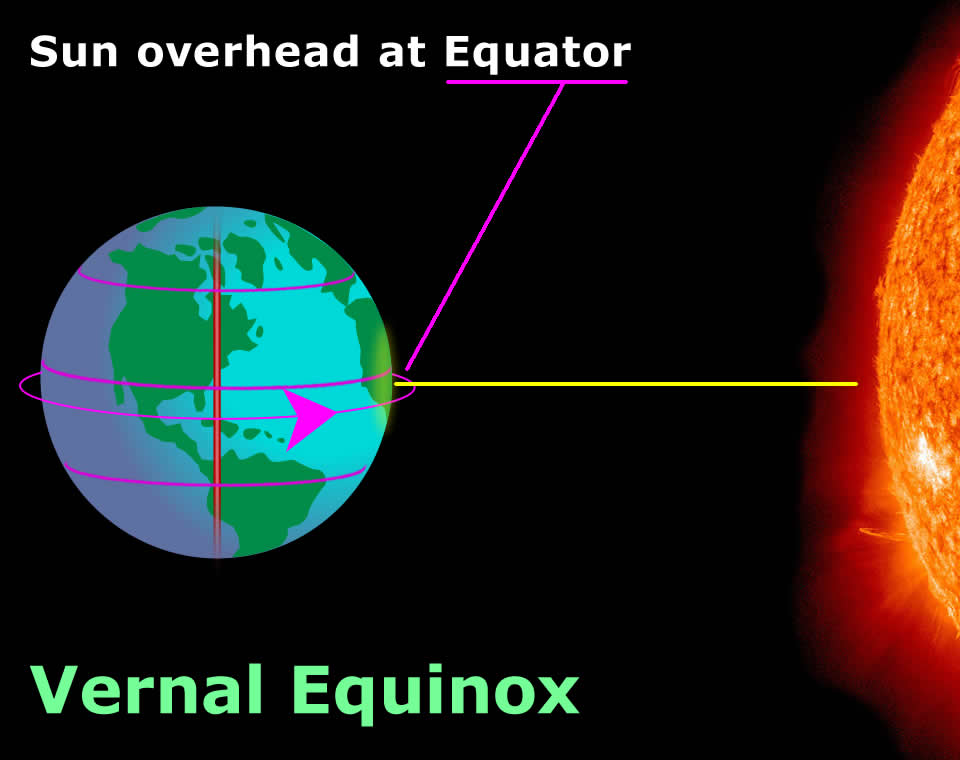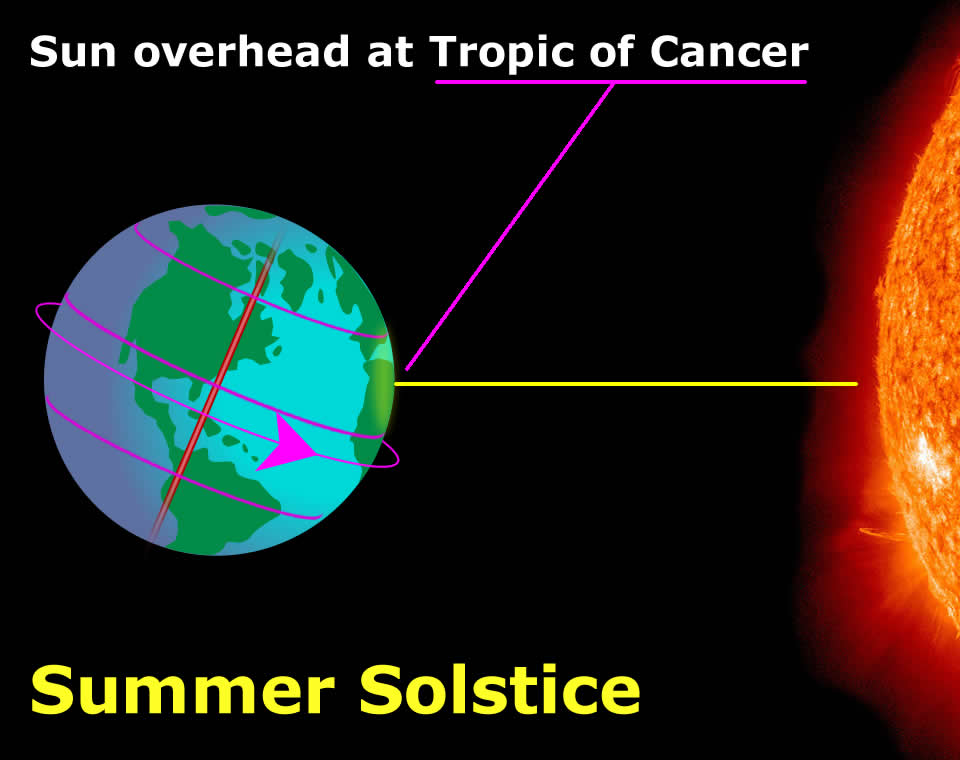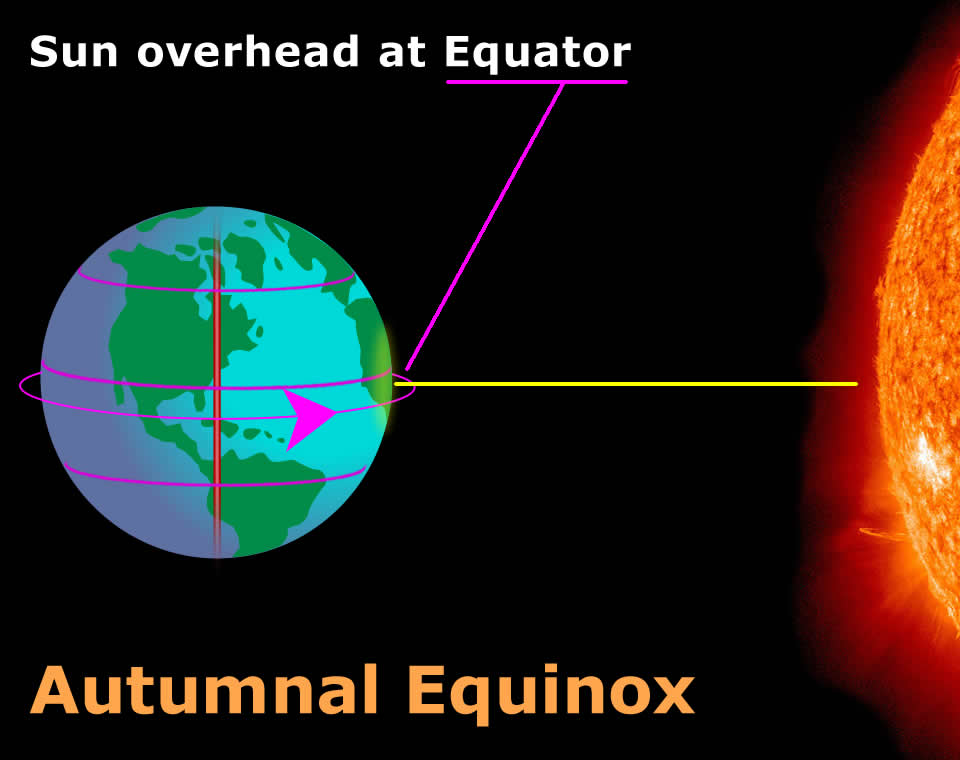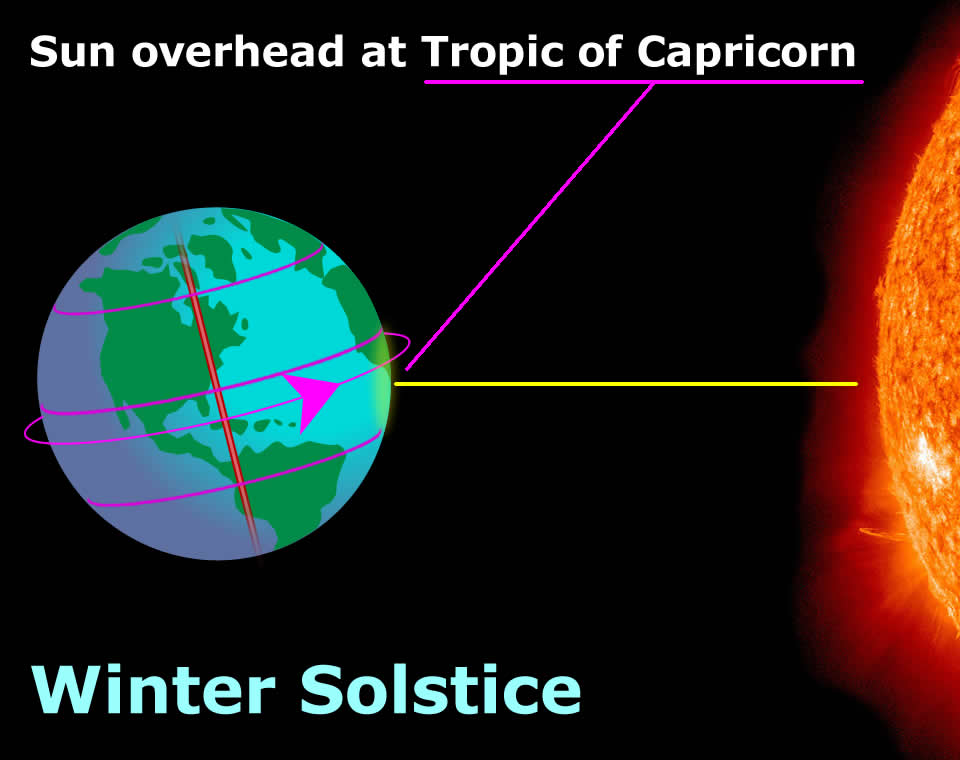Your Time: Your Score:
1-2 Minutes
You did GREAT!
Pick another game.
3-5 Minutes
That's pretty good.
Play again to improve!
5 Minutes or More
Launch the EBook.
Learn more about this!
You did GREAT!
Pick another game.
That's pretty good.
Play again to improve!
Launch the EBook.
Learn more about this!
In the Spring, the middle of our planet is facing towards the sun. At this time of year on the Equator, the sun is directly overhead around noon. It is very hot if you live here. March 21st is called the Vernal Equinox, which signals the half-way point between our winters and our summers in the northern half of Earth (Northern Hemisphere). At this time of year in the north, farmers begin planting their crops.

During the Summer, the northern half of Earth is tilted towards the Sun. In the Southern Hemisphere, it is now Winter. In the Summer, it is warm in the northern hemisphere because our sun is shining directly on us for longer periods of time each day. During summers, our days are longer from sunrise to sunset. The longest period of daylight in the middle of summer is June 21st, the Summer Solstice. Then the planet starts to tilt the other direction.

In the Northern Hemisphere during the Fall, the equator is closest to the sun, and the atmosphere cools in the north as it warms in the Southern Hemisphere where it is now Spring. It is very hot again if you live on the Equator. The Autumnal Equinox is on September 21, the half-way point between Summer and Winter. Many cultures celebrate this as a season of harvest.

During the Winter in the northern hemisphere, we have shortest days of the year and it gets cold with lots of rain and snow. The northern part of the planet has tilted away from our sun, and it is now summer in the Southern Hemisphere where they have longer days now. The shortest day of the year is December 21st, the Winter Solstice, when the North Pole of Earth’s is tilted the farthest away from the Sun.

Score: